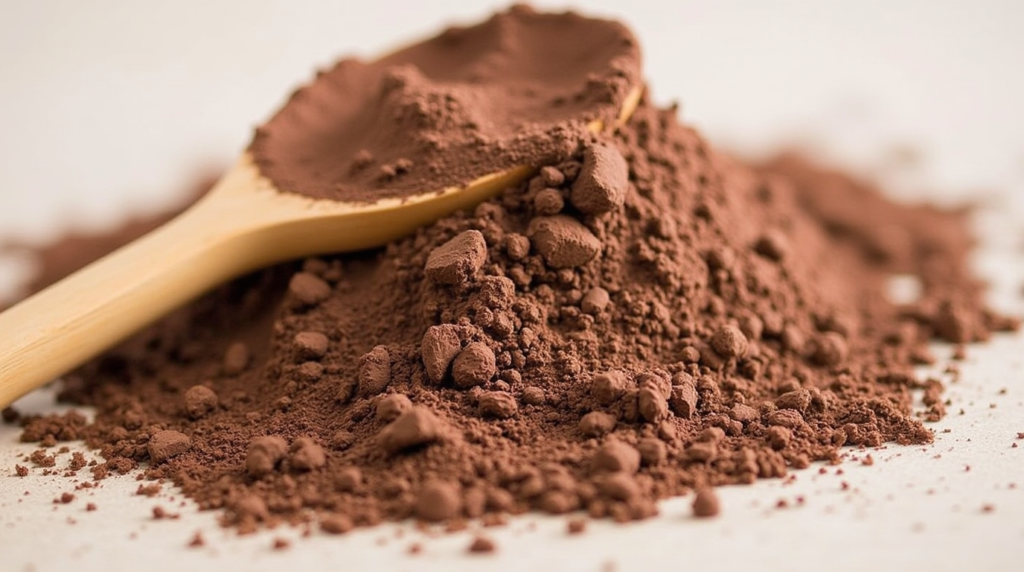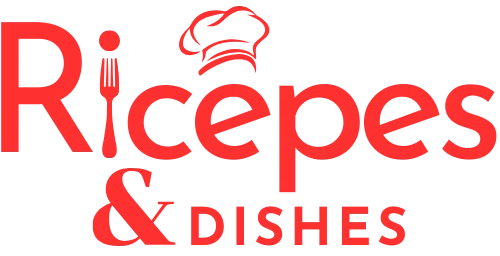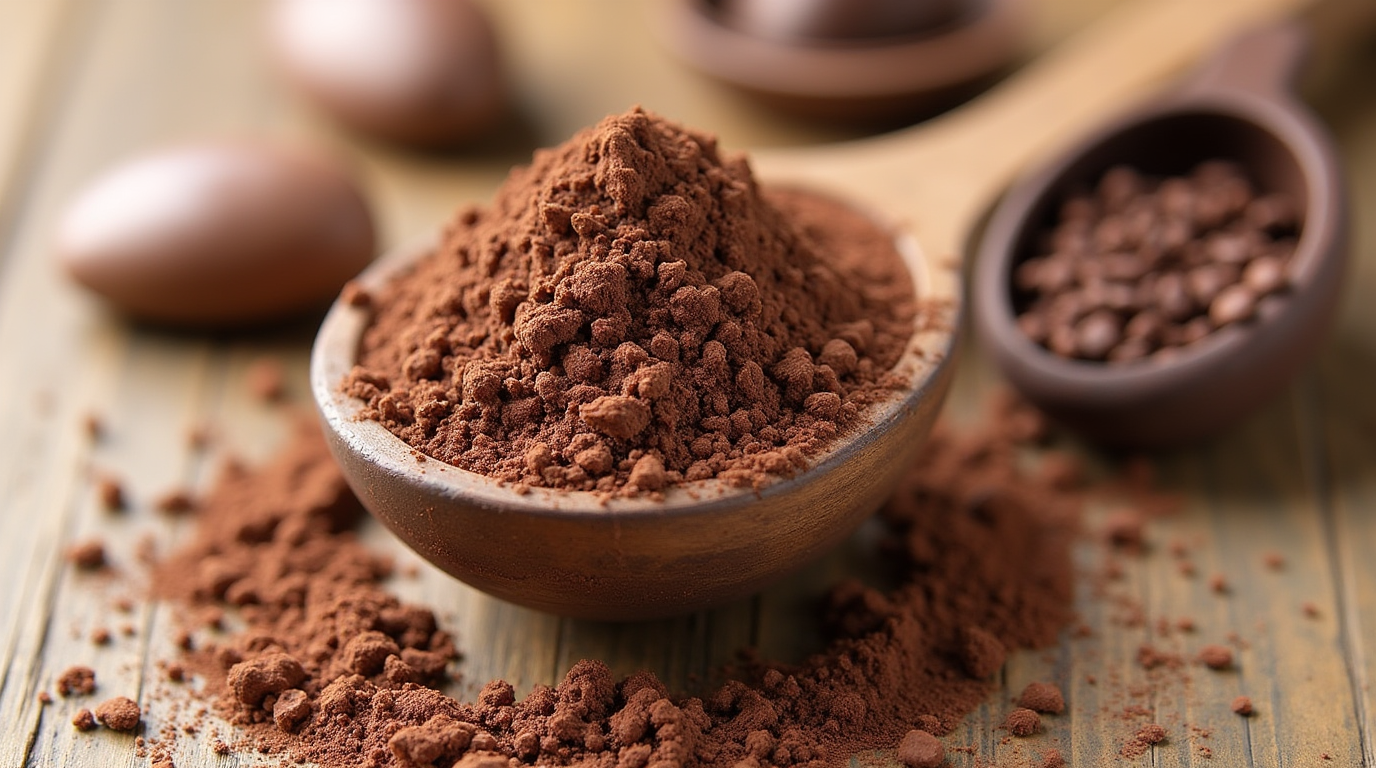What Is Chocolate Powder?
Who doesn’t love the rich, velvety goodness of chocolate? Whether it’s stirred into a mug of hot cocoa, sprinkled over pancakes, or baked into your favorite dessert, chocolate powder is a pantry staple that’s made its way into so many of our recipes. But, have you ever wondered what chocolate powder actually is? And, more importantly, what makes it different from other chocolate-related products?
In this article, we’ll dive into everything you need to know about this powder—from its types and production process to its culinary uses. Ready to discover more? Let’s get into it!
Table of Contents
Introduction to Chocolate Powder
So, what exactly is chocolate powder? Simply put, it’s a fine, powdery substance made from cocoa beans. But it’s not just any ordinary powder—it’s packed with rich, chocolatey goodness that adds depth and flavor to everything from drinks to desserts. The process begins with cocoa beans, from which most of the cocoa butter is removed before grinding the remaining solids into fine powder.
It’s worth noting that “chocolate powder” and “cocoa powder” are often used interchangeably, but they’re not always the same. There are some key differences between the two, which we’ll explore a bit later. For now, think of chocolate powder as one of the key ingredients in the beloved hot cocoa mix we all love.
By the way, have you ever wondered how chocolate powder came about? Its history is fascinating and stretches back centuries! Stay tuned—we’ll dive into that in the next sections.

Types of Chocolate Powder
When it comes to chocolate powder, not all varieties are created equal. There are a couple of main types you’ll find on the shelves, and each one has its own unique qualities. Let’s break them down!
Natural Cocoa Powder
This is the most common type you’ll see in many recipes. It’s made from roasted cocoa beans and is usually lighter in color, with a reddish-brown hue. The key here is that natural cocoa powder has a slightly acidic taste, which works wonderfully in recipes that balance acidity, like when baking with baking soda.
Dutch-Processed Cocoa Powder
On the other hand, Dutch-processed cocoa is treated with an alkali to neutralize the acidity, giving it a smoother, milder flavor. It’s darker in color, almost black, and has a richer, more intense taste. If you’re making something like hot chocolate or a dense cake, Dutch cocoa can really elevate your recipe with its deep, smooth chocolate flavor.
Now that we’ve covered the different types, let’s dive into how this powder is made in the next section!
Production Process of Cocoa Powder
You might be wondering: How is chocolate powder made? Is it just grinding up cocoa beans into dust? Well, not exactly! There’s a whole process behind it that turns raw cocoa beans into the rich powder we know and love. Let’s explore the steps!
Harvesting and Fermentation
Cocoa beans come from cacao trees, which grow in tropical regions. Once harvested, the beans are fermented for several days. This fermentation process is key because it helps develop the beans’ flavor. It’s similar to how wine gets its complex taste over time—without fermentation, you wouldn’t get that rich, chocolatey flavor we all love.
Roasting and Grinding
After fermentation, the beans are roasted. Roasting intensifies the flavor and makes it easier to remove the outer shells. Once roasted, the beans are cracked open, and the inside is ground into cocoa nibs. These nibs are then processed further to separate the cocoa butter (the fat) from the cocoa solids. The remaining solids are then ground into fine powder.
Separation of Cocoa Butter and Solids
The final step is the separation of cocoa butter from the cocoa solids. The cocoa butter is the fatty part, and it’s used in making chocolate bars, while the cocoa solids are ground into the fine powder that forms the base of chocolate powder. This powder is then packaged and shipped off to your kitchen!
Now that you know how chocolate powder is made, let’s jump into what it can do in your favorite recipes next!
Nutritional Profile of Chocolate Powder
Let’s face it—chocolate powder is delicious, but what about its nutritional value? Is it a treat you can enjoy guilt-free, or does it come with some hidden downsides? Here’s what you need to know!
Macronutrients in Cocoa Powder
When you scoop a bit of chocolate powder into your hot cocoa or bake it into a cake, you’re getting a decent dose of fiber and a bit of protein. While it’s not packed with fats, it does contain healthy fat from cocoa butter, which is relatively low in saturated fat. Cocoa is naturally low in sugar, but many pre-packaged mixes contain added sugars, so it’s a good idea to check the label before you go wild with your recipes.
Micronutrients and Health Benefits
Now, for the fun part—cocoa powder has some surprising benefits! It’s rich in antioxidants, especially flavonoids, which can help protect your cells and promote heart health. Some research even suggests that regular, moderate consumption of cocoa can improve cognitive function. And let’s not forget about the magnesium and iron, which are essential for muscle function and blood health. Of course, moderation is key!
Cocoa isn’t just tasty; it has health perks too. But remember, always check the ingredients, especially if you’re using a pre-made mix that might have added sugars.
Culinary Uses of Chocolate Powder
Now that we know about the benefits, let’s talk about the fun part—how you can use this ingredient! Whether you’re a seasoned baker or just starting out, cocoa can elevate your dishes.
Baking with Cocoa Powder
If you’re a baker, chocolate powder is a game-changer. From brownies and cakes to cookies, it adds a rich, deep flavor that’s perfect for satisfying that chocolate craving. Try swapping out some of your regular flour for cocoa powder in your recipes for an extra chocolatey twist. Pro tip: For a more intense flavor, use Dutch-processed cocoa—it’s darker and richer than the natural kind.
Making Chocolate Beverages
Of course, you can’t forget about the classic—hot cocoa! Simply mix your cocoa powder with warm milk (or a dairy-free alternative) and a touch of sweetener for a cozy drink to warm you up on a cold day. Want something a little extra? Try blending it into a smoothie or making a chocolate milkshake. It’s the perfect treat for kids—or let’s be real, for yourself!
You can also sprinkle cocoa on top of ice cream or use it in milkshakes. And if you’re feeling adventurous, you can even add it to savory dishes like chili or mole sauce. The possibilities are endless when it comes to getting creative with cocoa!
For more delicious recipes check out our other recipe articles.
Differences Between Chocolate Powder and Cocoa Powder
You’ve probably seen chocolate powder and cocoa powder sitting next to each other on the grocery shelf and thought they were the same thing. But here’s the deal: they’re not. Let’s break it down.
Composition and Processing
Chocolate powder often includes added ingredients like sugar or sweeteners, making it perfect for easy use in drinks or desserts. Cocoa powder, on the other hand, is much simpler—it’s just the raw, unsweetened ground-up cocoa solids. Both come from cocoa beans, but chocolate powder is more processed, making it sweeter and more versatile for baking and drinks.
Flavor Profiles
When it comes to flavor, chocolate powder has a much sweeter, more indulgent taste due to the added sugar. Cocoa powder, however, is bittersweet with a sharper chocolate flavor. So, if you’re making something like hot cocoa or a chocolate cake, you’ll want the sweetened powder. But for recipes like brownies or chocolate frosting, unsweetened cocoa is your go-to.
And there you have it! The next time you reach for either one, you’ll know exactly which to pick based on what you’re making!
Choosing the Right Powder
Now that we’ve gone over the basics, you might be wondering, “Which one should I pick?” It all depends on what you’re making!
Considerations for Baking
If you’re a baker, your best bet is to go for unsweetened cocoa powder (whether natural or Dutch-processed). The sweetened variety is great for quick drinks and sweet treats, but when it comes to baking cakes, brownies, or cookies, you want control over the sweetness. Natural cocoa works well for recipes that use baking soda, while Dutch-processed is perfect for richer, more decadent desserts.
Selecting for Beverages
When making beverages like hot cocoa or chocolate milk, sweetened powder is the way to go. It dissolves easily into milk and gives you that smooth, sweet chocolate flavor with no extra work.
Storage and Shelf Life
Lastly, make sure to store your powder properly! Keep it in an airtight container in a cool, dry place, and it’ll last for months. Don’t let that chocolaty goodness go to waste!
Common Misconceptions About Chocolate Powder
Like with most beloved ingredients, chocolate powder comes with a few misconceptions. Let’s clear them up, shall we?
“Chocolate Powder Is the Same as Hot Cocoa Mix”
A common mistake is thinking that chocolate powder is the same as pre-packaged hot cocoa mix. While both have that chocolatey goodness, cocoa mix usually contains added milk powder, sugar, and flavorings, whereas chocolate powder is often just cocoa solids. So, if you’re looking for pure chocolate flavor, reach for the powder, not the mix.
“Chocolate Powder Is Only for Desserts”
Another misconception? That chocolate powder is only for sweet treats. Sure, it’s great in brownies and hot cocoa, but did you know you can use it in savory dishes too? It adds depth to sauces, stews, and even chili. Don’t shy away from experimenting with savory recipes. Trust us, your tastebuds will thank you!
Now that we’ve cleared up some of the confusion, let’s wrap things up with some tips for getting the most out of your chocolate powder!
For more tips and recipes, check out our other articles for fun and flavorful ideas!

